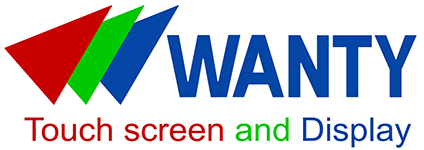21.5 Prodotto touchscreen capacitivo Touch PCAP
21.5 Inch ILI2510 10Points G+G Cap Touch PCAP Capacitive Touchscreen
The 21.5 Inch Touch Panel (Model No. WTY215599A01) is a G+G structure capacitive touch panel, which is composed of a cover glass, sensor glass, driver IC and FPC. It is driven by a ILITEK IC Chip ILI2510, which utilizes USB interface and supports 10 points touch.
Vantaggi del pannello tattile capacitivo (touchscreen capacitivo/touchscreen capacitivo/pannello tattile PCAP): deve essere toccato leggermente, senza alcuna pressione per generare un segnale. Richiede solo una volta o nessuna calibrazione dopo la produzione. Supporta touch screen di piccole e medie dimensioni e supporta il riconoscimento dei gesti e il multi-touch. Essendo resistente all'usura, ha una lunga durata e ha bassi costi di manutenzione quando lo si utilizza.
| Modello | WTY215599A01 |
| Misurare | 21.5 Inch |
| Interfaccia | USB |
| Struttura | SOL+SO |
| Risoluzione | 1920×1080 |
| Durezza | 6H |
| Trasparenza | ≥82% |
| Proporzioni | 16:9 |
| Tensione di lavoro | 5V |
| Punti di contatto | 10 points |
| Area di visualizzazione (mm) | 476.00*267.70 |
| Dimensione contorno (mm) | 524.60*311.80 |
| temperatura di esercizio | -20ºC~+70ºC |
| Temperatura di conservazione | -30ºC~+80ºC |
| Sistema di supporto | Windows, Android, Linux ecc |
| Campi di applicazione | Controllo industriale, automazione domestica, dispositivi medici, terminali self-service ecc |
Scarica la scheda tecnica: WTY215599A01 Mechanical Drawing







